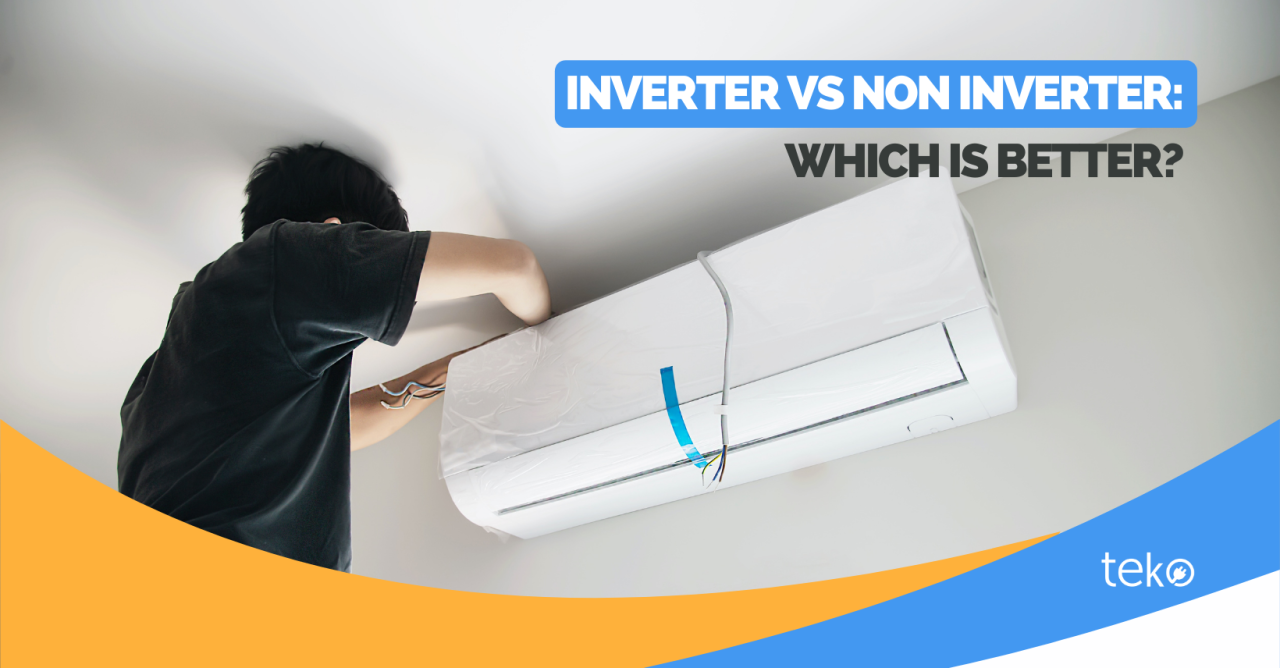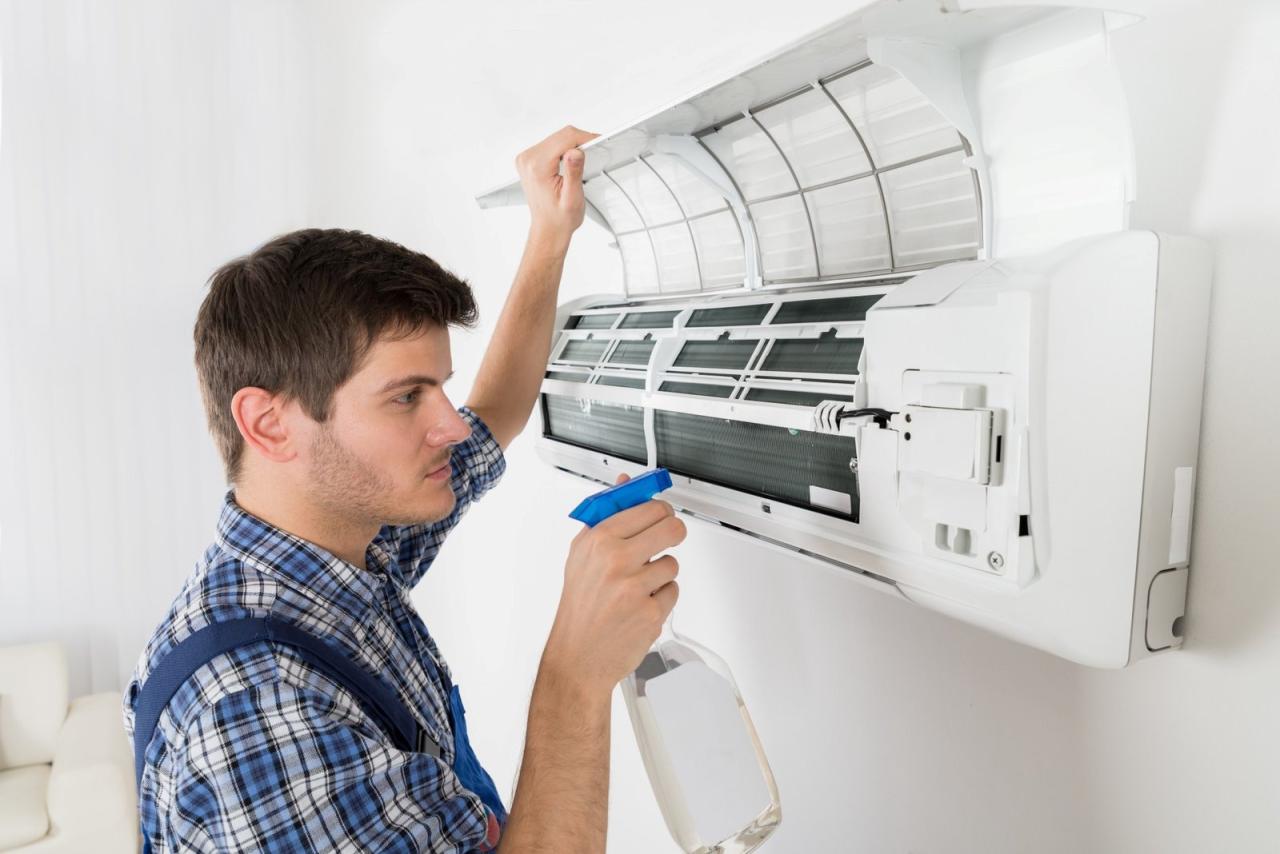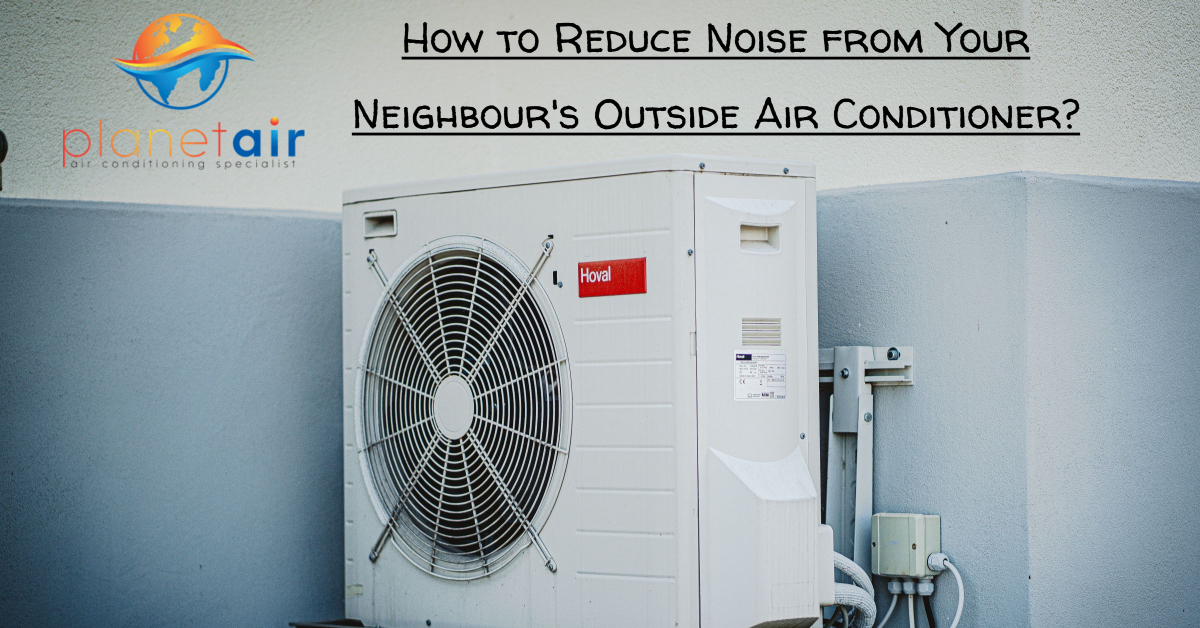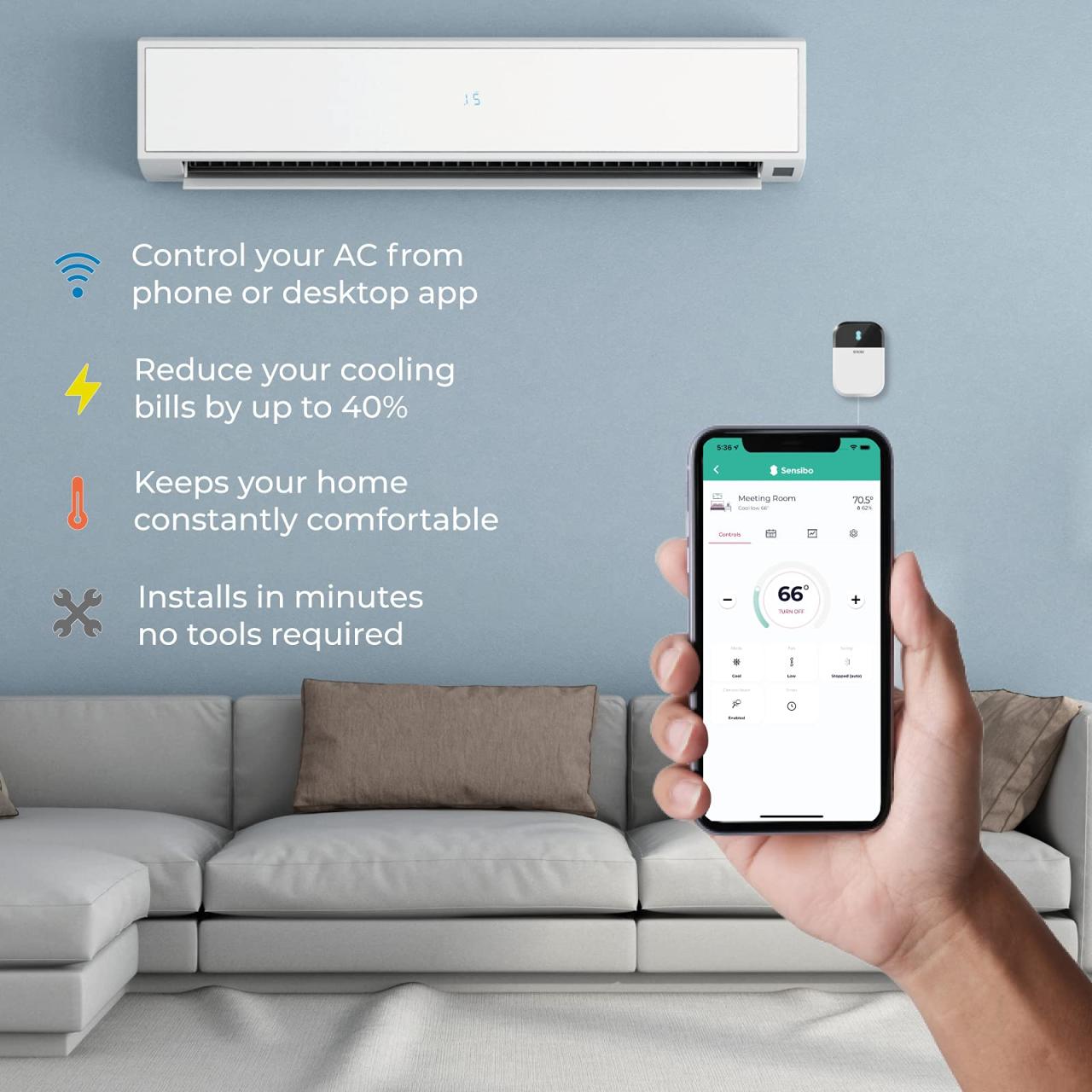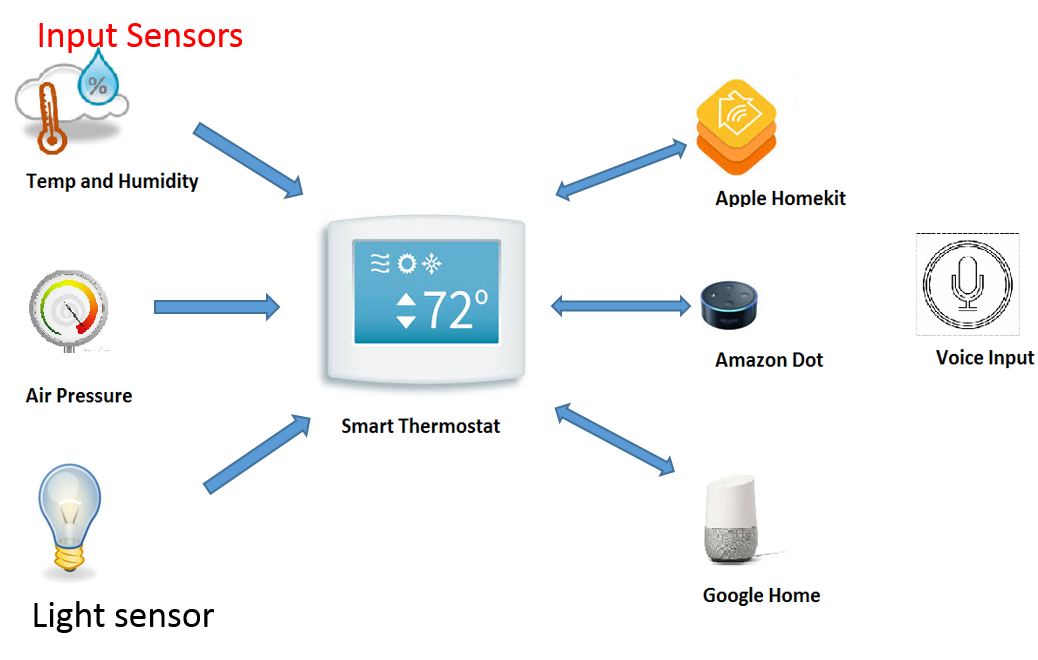Air Conditioner Buying Guide for Humid Climates
Exploring the world of air conditioners in humid climates opens up a realm of possibilities. From understanding the impact of humidity on cooling systems to deciphering the key features that make a difference, this guide is your gateway to making informed decisions.
Let's dive in and unravel the secrets to staying cool in the midst of humidity.
As we delve deeper into the realm of air conditioners for humid climates, we'll uncover essential tips and insights to help you navigate the world of cooling systems with confidence.
Factors to Consider
Humidity plays a crucial role in determining the effectiveness of an air conditioning system in humid climates. High humidity levels can make it harder for the air conditioner to cool the air efficiently, leading to discomfort and potential mold growth.
When choosing an air conditioner for a humid environment, there are several key factors to consider to ensure optimal performance.
Impact of Humidity on Air Conditioning Systems
High humidity can make it more challenging for air conditioning systems to cool the air effectively. The presence of moisture in the air can make it feel warmer than it actually is, leading to a need for greater cooling capacity.
Additionally, high humidity levels can also promote mold and mildew growth if not properly controlled by the air conditioner.
Key Features to Look for in an Air Conditioner for Humid Climates
- Dehumidification capability: Look for an air conditioner that has a built-in dehumidifier to help remove excess moisture from the air.
- Energy efficiency: Opt for an energy-efficient model to save on electricity costs while maintaining a comfortable indoor environment.
- Variable speed settings: Choose an air conditioner with variable speed settings to adjust the cooling output based on humidity levels and temperature.
Importance of Proper Sizing and Capacity
Proper sizing and capacity are crucial when selecting an air conditioner for a humid climate. An undersized unit may struggle to cool the air effectively, while an oversized unit can lead to short cycling and inadequate dehumidification. It's essential to choose an air conditioner that is appropriately sized for the space it will be cooling to ensure optimal performance.
Comparison of Different Types of Air Conditioners
- Split systems: Split systems are ideal for humid climates as they have separate indoor and outdoor units, allowing for efficient cooling and dehumidification.
- Portable units: Portable air conditioners are a convenient option for cooling specific areas in a humid environment, but may not be as effective in dehumidifying large spaces.
- Dehumidifiers: Standalone dehumidifiers can be used in conjunction with an air conditioner to remove excess moisture from the air, improving overall comfort levels.
Energy Efficiency
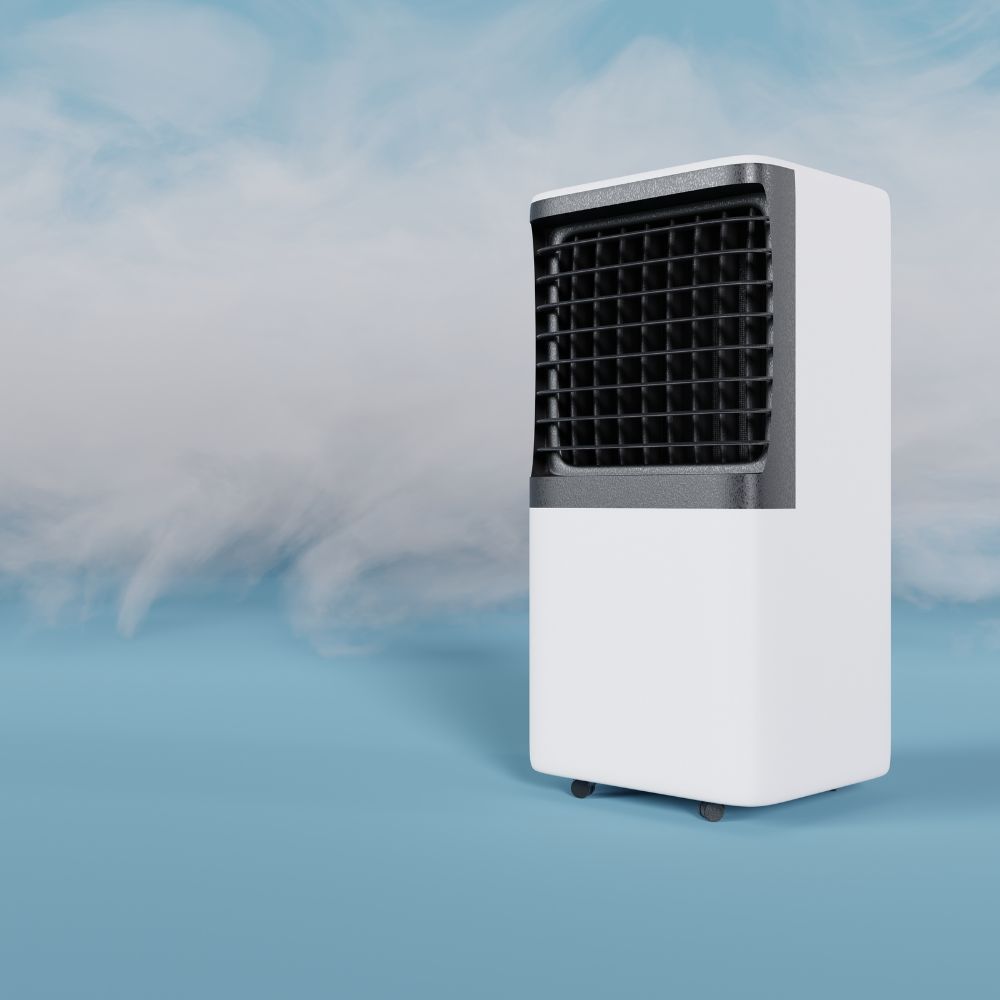
Energy efficiency is crucial when selecting an air conditioner for humid climates as it can significantly impact your electricity bills and overall comfort. An energy-efficient unit not only cools your space effectively but also helps you save on energy costs in the long run.
SEER Ratings vs. EER Ratings
SEER (Seasonal Energy Efficiency Ratio) and EER (Energy Efficiency Ratio) ratings are essential factors to consider when choosing an air conditioner for humid regions. SEER rating measures the efficiency of the unit over an entire cooling season, while EER rating determines the efficiency at a specific temperature.
In humid climates, where the air conditioner runs for extended periods, a higher SEER rating is recommended for better energy savings.
Inverter vs. Non-Inverter Air Conditioners
When comparing inverter and non-inverter air conditioners, it's important to note that inverter models are more energy-efficient in humid conditions. Non-inverter units operate at a fixed speed and consume more power, especially when cooling in high humidity. On the other hand, inverter air conditioners adjust their speed based on the cooling requirements, resulting in lower energy consumption and better efficiency.
Dehumidification Functionality
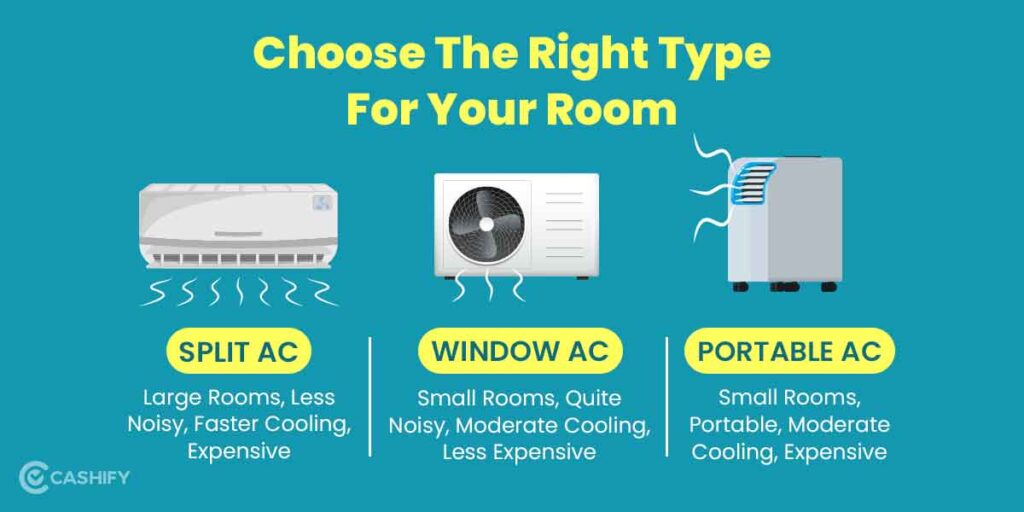
In humid climates, having an air conditioner with effective dehumidification features is crucial for maintaining a comfortable indoor environment. These features help reduce excess moisture in the air, preventing mold and mildew growth while improving overall air quality.
Examples of Air Conditioner Models with Effective Dehumidification
- LG Electronics LP1419IVSM Portable Air Conditioner: This model offers a dehumidification function that can remove up to 3.1 pints of moisture from the air per hour.
- Honeywell MN Series Portable Air Conditioner: Known for its powerful dehumidification capabilities, this model can remove up to 70 pints of moisture per day.
Benefits of Built-in Dehumidifier in Air Conditioning Unit
Having a built-in dehumidifier in an air conditioning unit provides several benefits, such as:
- Improved Comfort: By reducing humidity levels, the air feels cooler and more comfortable, even at higher temperatures.
- Healthier Air Quality: Lower humidity levels help prevent the growth of mold, mildew, and dust mites, which can trigger allergies and respiratory issues.
- Energy Efficiency: Air conditioners with dehumidification features can operate more efficiently, saving energy and reducing utility costs.
How Dehumidification Process Works in Air Conditioners
The dehumidification process in air conditioners involves cooling the air to condense moisture, which is then collected and drained out of the unit. This helps reduce humidity levels in the air, creating a more comfortable and healthier indoor environment.
Maintenance and Care
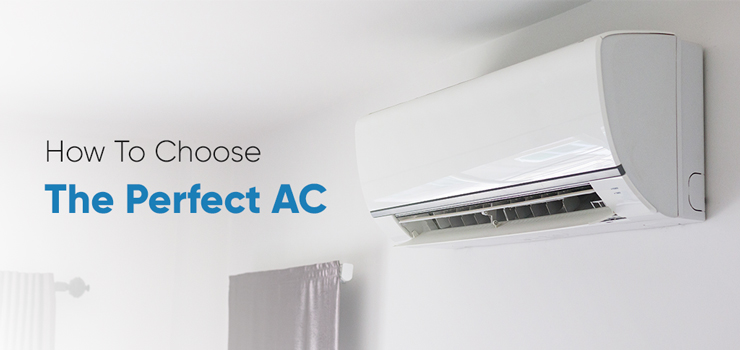
Proper maintenance is essential to ensure the longevity and efficiency of air conditioners, especially in humid climates where the risk of mold and mildew growth is higher. Regular cleaning and care can help prevent costly repairs and maintain optimal performance.
Cleaning and Maintenance Guide
- 1. Start by turning off the power to the air conditioner to avoid any electrical accidents.
- 2. Remove the air filter and clean or replace it according to the manufacturer's instructions.
- 3. Clean the evaporator coils using a soft brush or vacuum to remove any dust or debris buildup.
- 4. Check the condensate drain line for clogs and ensure proper drainage to prevent water damage and mold growth.
- 5. Inspect the fins on the condenser unit and straighten any bent fins to improve airflow.
- 6. Keep the area around the outdoor unit clear of debris and vegetation to ensure proper ventilation.
Importance of Regular Maintenance
Regular maintenance is crucial to keep your air conditioner running efficiently in humid conditions. Neglecting maintenance can lead to reduced cooling capacity, higher energy consumption, and potential breakdowns. By following a maintenance schedule, you can prolong the lifespan of your unit and save on energy costs.
Preventing Mold and Mildew Growth
- 1. Use a mildew-resistant air filter and replace it regularly to prevent mold buildup.
- 2. Keep the humidity levels in check by using a dehumidifier or setting the air conditioner to a moderate temperature.
- 3. Clean and disinfect the air conditioner's components regularly to prevent mold and mildew growth.
- 4. Schedule professional maintenance at least once a year to ensure thorough cleaning and inspection of the unit.
Final Summary
In conclusion, the journey through the nuances of air conditioners in humid climates has equipped you with the knowledge to make the right choice. From energy efficiency to dehumidification functionality, this guide has shed light on the path to optimal cooling comfort.
Take these learnings with you as you venture into the world of air conditioner shopping for humid environments.
Answers to Common Questions
What impact does humidity have on air conditioning systems?
Humidity can strain air conditioning systems, making them work harder to cool the air effectively.
How important is energy efficiency in air conditioners for humid regions?
Energy efficiency is crucial in humid regions to ensure cost savings and optimal cooling performance.
What are SEER and EER ratings, and why are they important in humid climates?
SEER (Seasonal Energy Efficiency Ratio) and EER (Energy Efficiency Ratio) ratings measure the efficiency of air conditioners in different conditions, with SEER focusing on long-term efficiency and EER on immediate efficiency.
What are some maintenance tips for air conditioners in humid areas?
Regular cleaning, proper maintenance, and prevention of mold and mildew growth are essential for air conditioners in humid environments.
